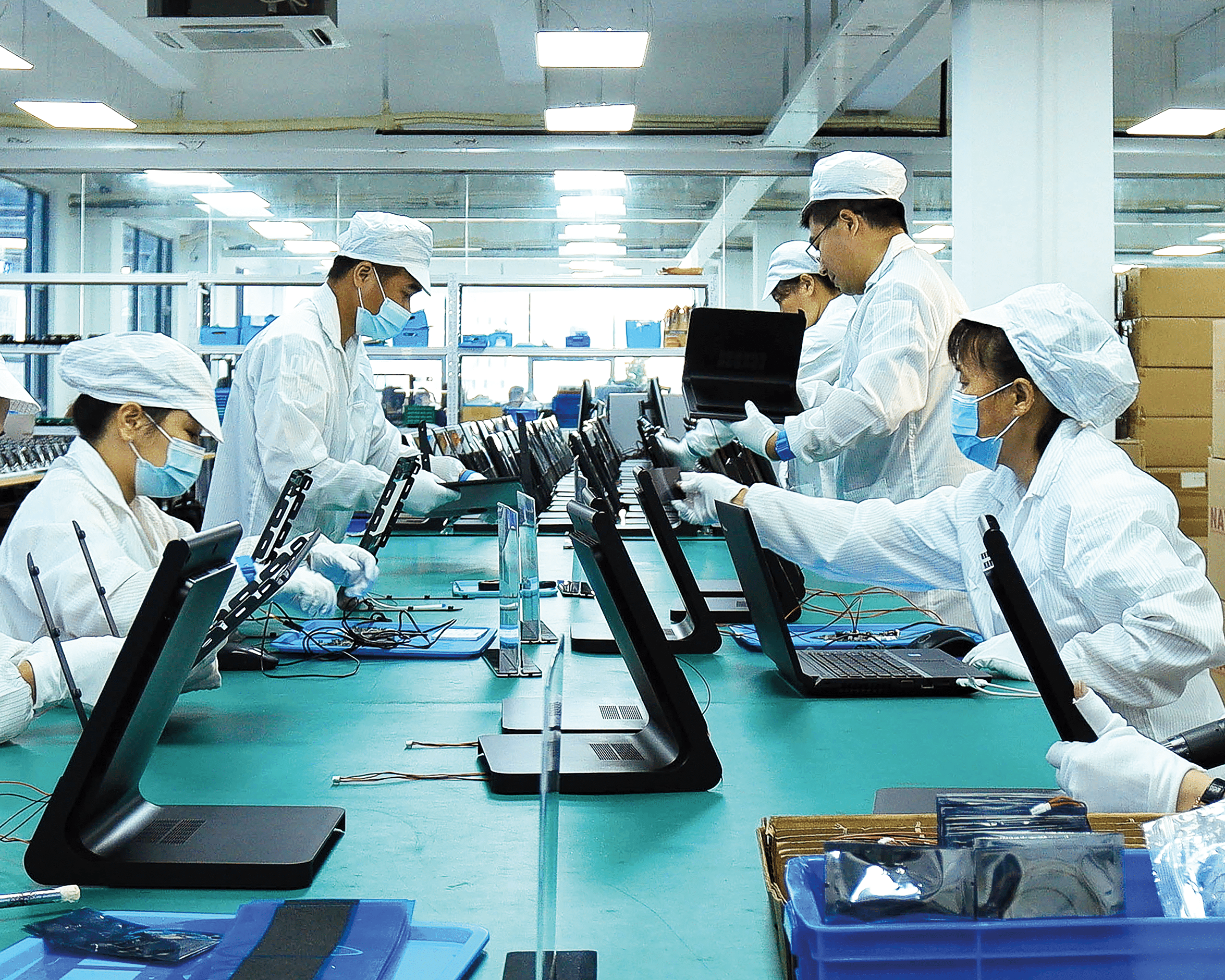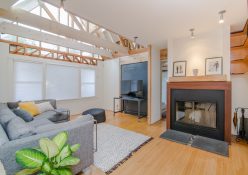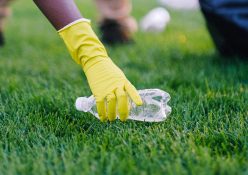Virtual-reality experiences that take young hospital patients on magical journeys.
Derek White, co-founder and CEO of Eden, is a seasoned start-up boss. He studied engineering, but has gone on to be a serial entrepreneur, launching eight businesses in many different fields. Some failed, but some succeeded. We spoke to him about Eden, his virtual-reality business for children. He shares what it takes to develop a hardware product, and how his team are using VR to educate and entertain young patients in hospitals around the world.

Why did you start Eden?
VR headsets have been around for ages, but when they first became more consumer focused – by which I mean more affordable and less complicated – the concept caught my attention. Combining hardware, software and content, it ticked several boxes for me.
So, I bought a couple of VR headsets and my team brainstormed what we could use this
technology for. We came up with five perfect applications for VR. Turns out VR is ideal for anything dangerous, impossible, expensive, remote and novel. This was how we decided whether to take on a VR project.
Why has VR been such a slow starter?
When using VR headsets in public spaces like art galleries or museums, we quickly realised that there were too many moving parts. You’ve got to clean the devices after each use, a lot of people don’t want to put the straps over their heads and you have to teach people how to use the controllers, which can be tricky.
In a public space, where you just want to dive in and then out of a virtual world, using these headsets were simply impractical. Not to mention the challenge around keeping the devices charged when they’re being passed from person to person all day. We wanted to fix these problems and that’s how our Eden products were born.
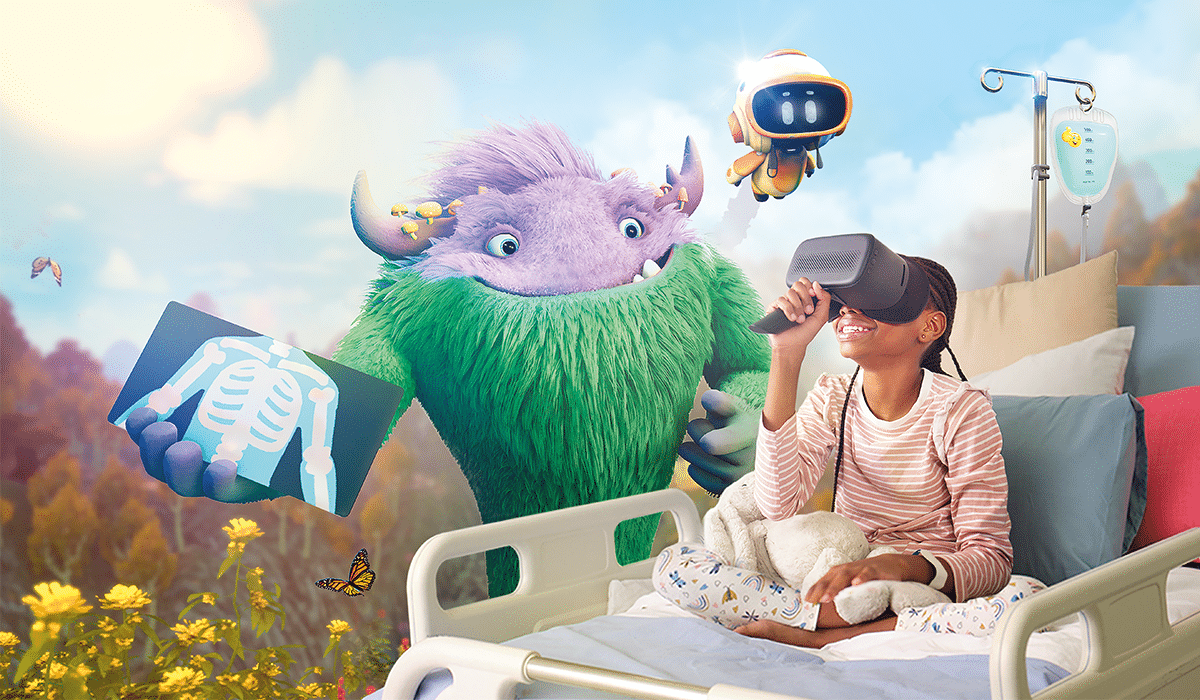
How is the Eden Snacker VR experience unique?
We designed a handle that fits on to the VR headset to eliminate the need for straps. Now users can just press the headset against their face and be immediately in a VR experience. Obviously, there are limitations to this. Hold it up for more than two or three minutes and your arm gets a little tired.
To fix the charging issue, we created a cradle with a wireless charger, so replacing the headset in the cradle starts induction charging and there aren’t any cords getting in the way. We also developed the Eden Station, which is a touchscreen interface on which you can easily choose your VR experience by scrolling through all the content on offer.
What were the challenges to starting a hardware business?
We thought it would be easy: Go to China, get a touchscreen, put some simple electronics in it and you would have a product. The reality of the undertaking was quite different. In the end, it took three years and cost R70 million to build the product. Just developing the packaging to ship the product securely was a massive amount of work.
We totally underestimated how complicated and expensive it would be to build and ship hardware. We have a small team of about 12 people, and we did everything ourselves to bring this product to life. And it also happened during the pandemic, when there was a global microchip crisis, so we ended up having to change our electronic design three times. Because of all this, money became a big challenge.
If you’ve got super-deep pockets, it is easier to build hardware. We originally built 300 units and we thought that selling these would cover our start-up costs. What we didn’t realise is that 40 of these units had to be sacrificed for drop testing and other health-and-safety testing. So, more than 10% of our stock was used up before we even got started.
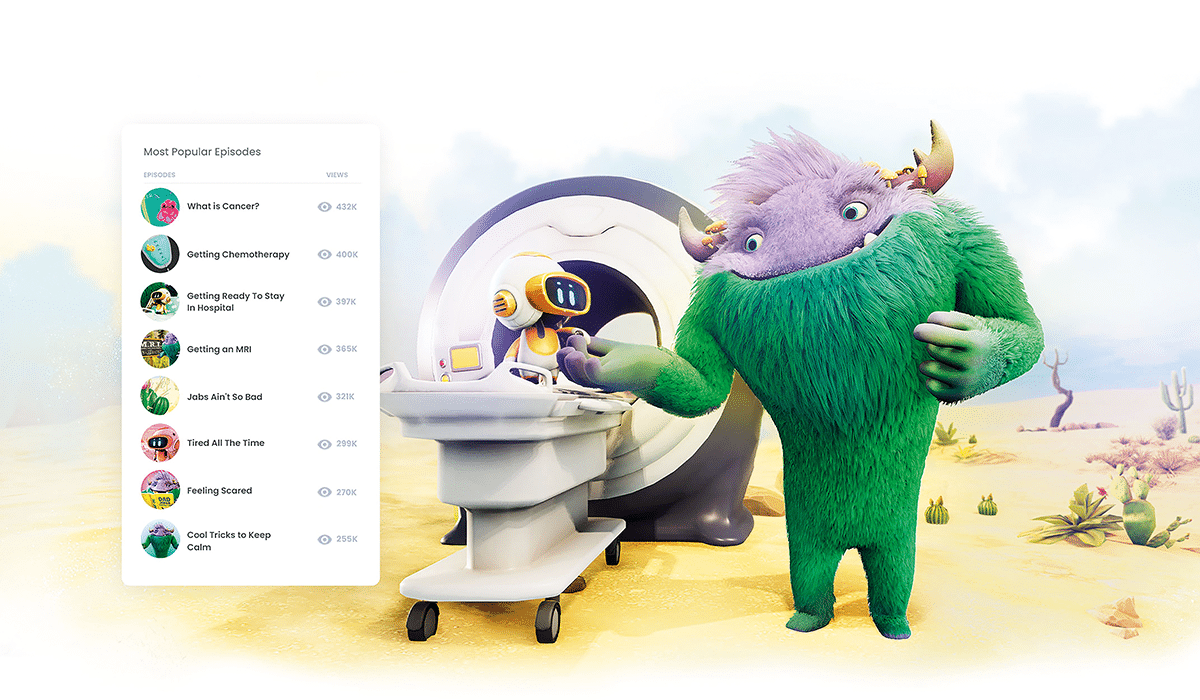
Why did you focus on children in hospital?
Around 2018, I was put in touch with someone involved with the Reach for a Dream Foundation. They explained that one of their biggest problems is that some of the kids are not able to leave the hospital because they are too sick. They wanted to come up with a way to bring experiences into the hospital.
We put a few VR experiences on to a headset, put it in a Reach for a Dream-branded case and we tested it in hospitals here in South Africa. It proved to be very successful, and they ended up buying several sets from us. When COVID came along, many of the public-facing VR experiences that we were working on for museums, art galleries and car showrooms were closed for lockdown.
We decided to concentrate instead on a single market: the healthcare space. There was now even more demand for the product, because Reach for a Dream were unable to take anyone out of the hospital for experiences during COVID. So, we focused our efforts on child-healthcare hubs and today Eden technologies are available in Dream Rooms in hospitals around the country, and around the world.
Where did you find VR content?
We are using so-called ‘distraction therapy’. It transports a child to a beach or a mountain or allows them to ride roller coaster. We soon realised that there was also a need for content that would make these headsets more useful in healthcare environments.
So, next we built a small animation studio and developed the Get Well Pals: animated characters in a series of short videos that deal with things like finding out you have cancer, getting chemotherapy, or having an X-ray or an MRI scan.
Now kids can watch these videos as a way to prepare them for what lies ahead. We could have done this with a tablet, of course, but there is something about being able to dive into an immersive world all by yourself and feel like you have really been transported to another place. In this way our easy-to-use VR system takes things to a whole new level.

Behind the mask
Eden’s VR solution includes the Eden Station base and the Eden Snacker headset
- The Eden Snacker is a VR headset with a handle attached that allows you to quickly and easily hold the against your face without g straps around the head.
- The Eden Station is an intuitive touchscreen command unit that allows browse through a library of. It has a WiFi antenna that ads content from the cloud.
- When you pair the Eden Station e Eden Snacker, the content is downloaded to the headset and experience is ready to play.
- At this point, you can disconnect he Internet because you no need connectivity to select d enjoy an experience.
- The snacker headset also sends e data and other info like battery life back to the Station e Eden team can monitor g behaviour and determine VR content does and does not work.
Words: Joanne Carew @Littlecarew



